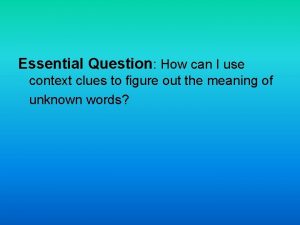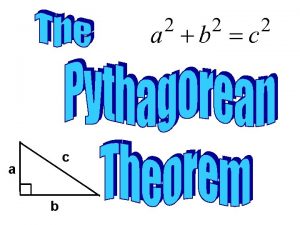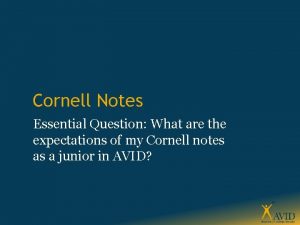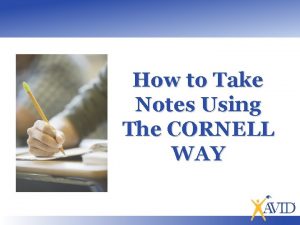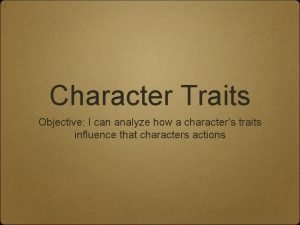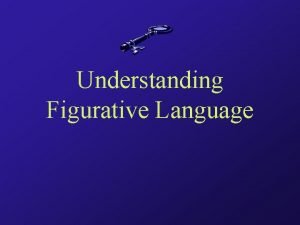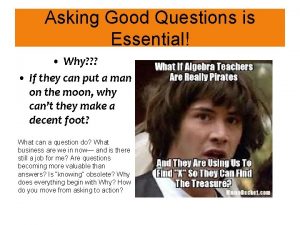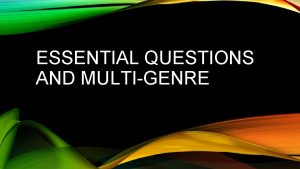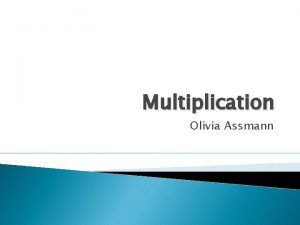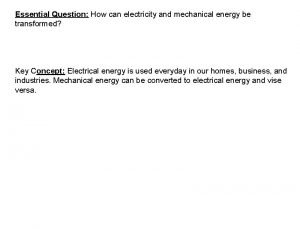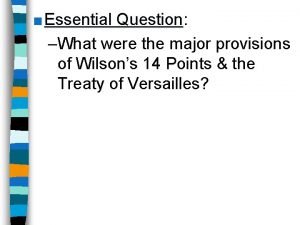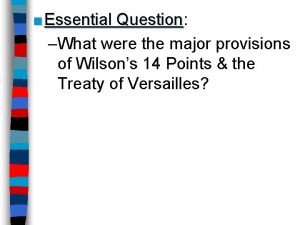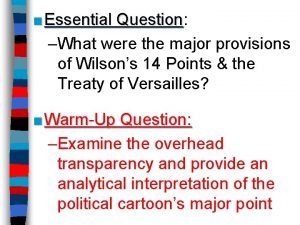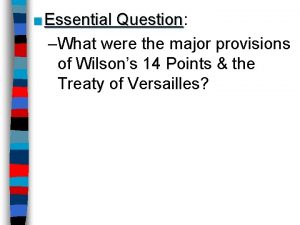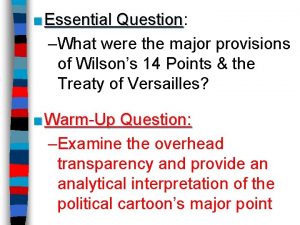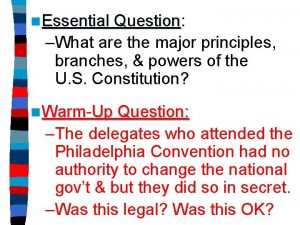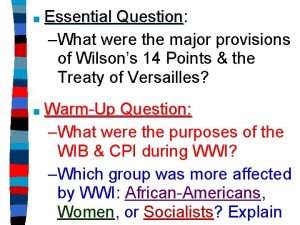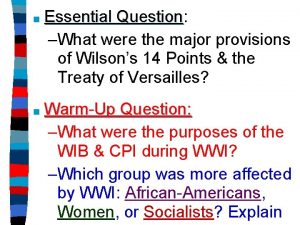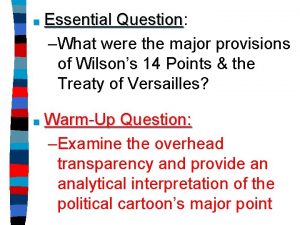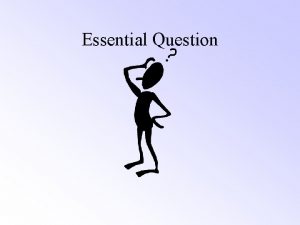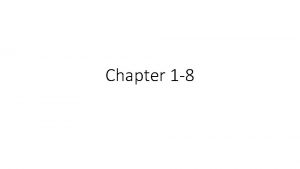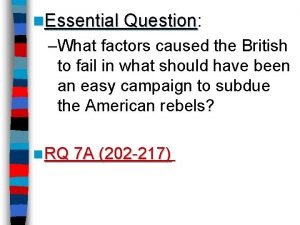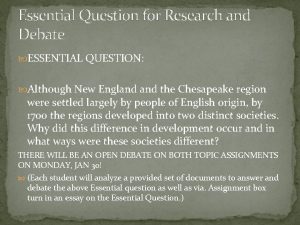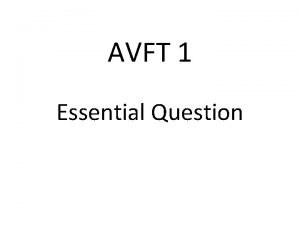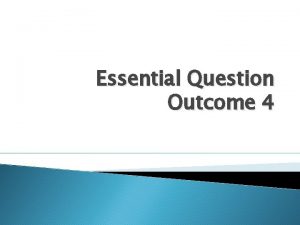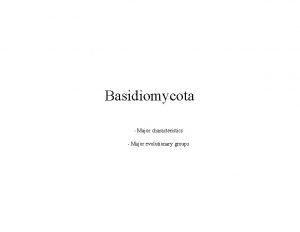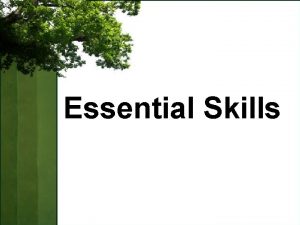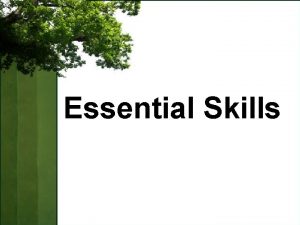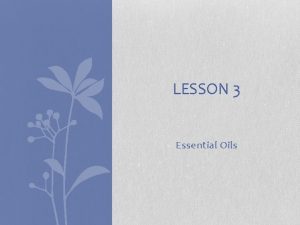n Essential Question Question What are the major












































- Slides: 44

n Essential Question: Question –What are the major principles, branches, & powers of the U. S. Constitution? n Warm-Up Question: –The delegates who attended the Philadelphia Convention had no authority to change the national gov’t & but they did so in secret. –Was this legal? Was this OK?

The Constitution

Key Ideas of the Constitution Popular Sovereignty: the people have power by voting for leaders Limited gov’t: even though the national gov’t was stronger, citizens’ liberty was still protected Federalism: the national gov’t shares power with state gov’ts

Federalism

The Constitution was a radical shift from the Articles of Confederation because it gave more power to the national gov’t than to the state gov’ts The supremacy clause establishes the Constitution (not the states) as the "the supreme law of the land"

Key Ideas of the Constitution Separation of powers: three branches with defined powers

Separation of Powers


Only Congress can of make Key Ideas thelaws, Constitution declare war, create taxes The “elastic clause” gives Congress implied powers to make laws seen as “necessary & proper” Only the Senate can approve treaties & only the House can create taxes


Article 1: Legislative Branch

Senate House of Representatives

Key Ideas of the Constitution The president enforces the laws passed by Congress The president oversees the bureaucracy (departments & federal agencies)

Article II: Executive Branch

Chief Agenda Setter Commander-in. Chief of the military Chief of State

Key Ideas of the Constitution The only court mentioned in the Constitution is the Supreme Court

Article III: Judicial Branch


Key Ideas of the Constitution Checks & balances: each branch can limit the power of the others



n Essential Question: Question –What were the arguments for & against ratifying the Constitution? –What role did the Federalists & Anti-Federalists play in the debate over ratification? n Warm-Up Question: –Why are some Americans going to oppose the new Constitution?

Ratification of the Constitution

Federalists & Anti-Federalists n Supported ratificationn Against ratification because they feared of the Constitution thatthe this gave too n Were well-organized To win ratification, Federalists Ineducated order agreed for the to Constitution to power be legitimate, to add a much Bill of Rights to the & 9 of the 13 states had liberty; to ratifyall (agree to) it protect citizens’ 13 states national gov’t n Alexander Hamilton to ratify the Constitution & Jamesagreed Madison n Argued that the authored the Constitution was an Federalist Papers to illegal change in gov’t argue for ratification n Wanted a Bill of Rights

Federalists & Anti-Federalists https: //www. youtube. com/watch? v= Dn. Dh 9 -X 12 Gc

Background Information n Ratifying the Constitution was not easy. n The Federalists and Anti. Federalists fought for three years (1787 -90) over how the states should be governed.


The Contenders n Those in favor of the new, more powerful federal govt. came to be known as Federalists. n Those in favor of keeping a form of the old confederate system were called Anti-Federalists.

Who Won? n Well, the constitution is currently being used…so… n The Anti-Federalists sure didn’t pick that name…the Federalists gave them that name…winners get to pick the names.

Federalist Arguments n n n n Wanted the new constitution Feared the average man more than they feared govt. Liked a strong Federal Government Needed to regulate trade and military Checks and Balances will stop corruption Political parties will also stop the concentration of power. Bill of Rights was unnecessary…the states already had their own, and the whole point of government was to protect the people… Wanted the new Constitution to be interpreted loosely

Federalist idea of ideal govt.


Supporting the Federalists The Articles of the Confederation needed to be reformed n The Federalist n –Articles written in New York newspapers to convince New York to agree with the new Constitution. They were a well organized group in high positions in society (bankers, businessmen, etc. ) n Federalists won the image war. n George Washington was on their side. n

The Other Side of the Coin

Anti-Federalist Arguments n n n Wanted to keep and fix the Articles of Confederation Feared govt. more than they feared the people. Wanted strong state govts. Believed the new president would be like the old king. – “Absolute power corrupts absolutely. ” Insisted upon a clearly written Bill of Rights Wanted a strict interpretation of the Constitution

Anti-Federalist idea of ideal govt.

What the Anti-Federalists Believed…

Major Anti-Federalists n Jefferson was probably the most famous Anti. Federalist. n He later became the first Democratic -Republican President


Anti-Federalist Support n Most of the generation that had led the colonists in their fight against Britain were Anti-Federalists. n Could compare the new president to the King they had all just won freedom from. n Appealed to American love of independence n Supported by farmers and frontiersmen

Comparison to Today’s Parties: n There is no perfect comparison…but… n Republicans prefer small government that allows the winners to win, but also allows the losers to lose. – Tend to be conservative, like the Anti-Feds n Democrats prefer a government that is willing to step in and even out the playing field… – Tend to be liberal, like the Federalists

Ratification of the Constitution

Constitution became the official the law of the land in 1789

The Constitution proved to be a successful form of government; Today, the Constitution is the oldest existing written gov’t in the world & has become a model for other nations
 Mikael ferm
Mikael ferm Plamatic acid
Plamatic acid Costa level 3 questions examples
Costa level 3 questions examples Essential question for context clues
Essential question for context clues Essential question gif
Essential question gif Pythagorean theorem essential questions
Pythagorean theorem essential questions Cornell notes essential question
Cornell notes essential question Essential question for figurative language
Essential question for figurative language Cornell way
Cornell way Essential question for character traits
Essential question for character traits Figurative language essential questions
Figurative language essential questions What if questions to ask
What if questions to ask The pythagorean theorem
The pythagorean theorem Essential questions poetry
Essential questions poetry Individual vs. society
Individual vs. society Essential questions for multiplication
Essential questions for multiplication Essential question generator
Essential question generator Hát kết hợp bộ gõ cơ thể
Hát kết hợp bộ gõ cơ thể Sự nuôi và dạy con của hươu
Sự nuôi và dạy con của hươu Dot
Dot Biện pháp chống mỏi cơ
Biện pháp chống mỏi cơ Trời xanh đây là của chúng ta thể thơ
Trời xanh đây là của chúng ta thể thơ độ dài liên kết
độ dài liên kết Chó sói
Chó sói Thiếu nhi thế giới liên hoan
Thiếu nhi thế giới liên hoan Vẽ hình chiếu vuông góc của vật thể sau
Vẽ hình chiếu vuông góc của vật thể sau điện thế nghỉ
điện thế nghỉ Một số thể thơ truyền thống
Một số thể thơ truyền thống Thế nào là hệ số cao nhất
Thế nào là hệ số cao nhất Sơ đồ cơ thể người
Sơ đồ cơ thể người Ng-html
Ng-html Các số nguyên tố
Các số nguyên tố đặc điểm cơ thể của người tối cổ
đặc điểm cơ thể của người tối cổ Cách giải mật thư tọa độ
Cách giải mật thư tọa độ Các châu lục và đại dương trên thế giới
Các châu lục và đại dương trên thế giới Tư thế worms-breton
Tư thế worms-breton ưu thế lai là gì
ưu thế lai là gì Thẻ vin
Thẻ vin Tư thế ngồi viết
Tư thế ngồi viết Bàn tay mà dây bẩn
Bàn tay mà dây bẩn Các châu lục và đại dương trên thế giới
Các châu lục và đại dương trên thế giới Từ ngữ thể hiện lòng nhân hậu
Từ ngữ thể hiện lòng nhân hậu Bổ thể
Bổ thể Tư thế ngồi viết
Tư thế ngồi viết Thế nào là giọng cùng tên
Thế nào là giọng cùng tên



